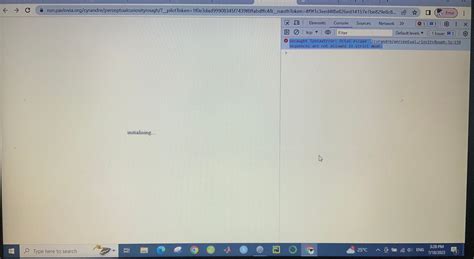Sorana NFT Optimization: Guide to tight mode

Solana, the fast and scalable Blockchain platform, offers developers with a number of tools and features to create innovative and safe applications. However, when it comes to NFT (unchanged puzzles), tight space is crucial to ensure the integrity and authenticity of these unique digital funds.
In this article, we are looking at why Octal Escape sequencs are not allowed in a tight mode with solan, and we provide instructions to optimize SOANA NFT with this feature.
What are the octal compulsory stalks?
Octal removal sequences, also known as “Escape sequences” or “0x strings”, are a certain type of hexadecimal string containing a depreciation sequence. In connection with Solana, octal exit sequences are used to represent Unicode characters in a way that is compatible with the Sorana Blockchain.
Why aren’t octal removal sequences not allowed in tight space?
Solana’s tight space is designed to ensure network safety and reliability. By default, tight space does not allow certain types of information, including octal exit sequences that may potentially endanger the integrity of NFT.
Allowing octal removal sequences in a tight mode would make it easier to create harmful actors for fake or forged NFT by editing the information contained in it. This can lead to significant losses for developers and users who rely on the reliable and safe NFT market.
The problem of octal removal sequencing
Octal exit sequences can be particularly problematic as they are designed to work with Unicode marks with at least one syllable (ie hexadecimal numbers). When the octal sequence is used as a byte mark, it may not be formulated or coded, leading to possible information corruption or manipulation.
Solana NFT Optimization
In order to create safe and reliable NFT for the Eastern Solan, you should avoid using Octal Escape sequences in your code. Instead, use Unicode characters that are 1 byte (ie hexadecimal numbers) as the basis of your knowledge.
Here is an example of how to represent a simple NFT in severity:
`Solidity
Agreement mynft {
BYTES32 Public information;
Builder () {
Data = “Hi, the world!”;
}
Function Getmetadata () Public View Returns (String Memory) {
return information;
}
}
`
In this example, the “data” variable is the Bytes32 field, which represents the content of NFT. We can then use this value to create and control NFTs using a variety of Sorana functions such as Createnft.
conclusion
In summary, octal exit sequences are not allowed in a tight mode with solan, as their potential endangers the integrity and authenticity of the NFTs. By avoiding these sequences and using Unicode characters in length of 1 byte (i.e. hexadecimal numbers), you can create safe and reliable NFT for the Eastern Solan.
Best Practices
Follow these best practices to ensure the safety and reliability of the Solana NFT:
- Avoid using Octal Escape sequences in your code.
- Use Unicode characters that are 1 byte (ie hexadecimal numbers) as the basis of your knowledge.
- Create NFTs with a clear and well -defined metadata structure.
In following these guidelines, you can help protect NFT from possible threats and make sure that they remain safe and genuine throughout life.
